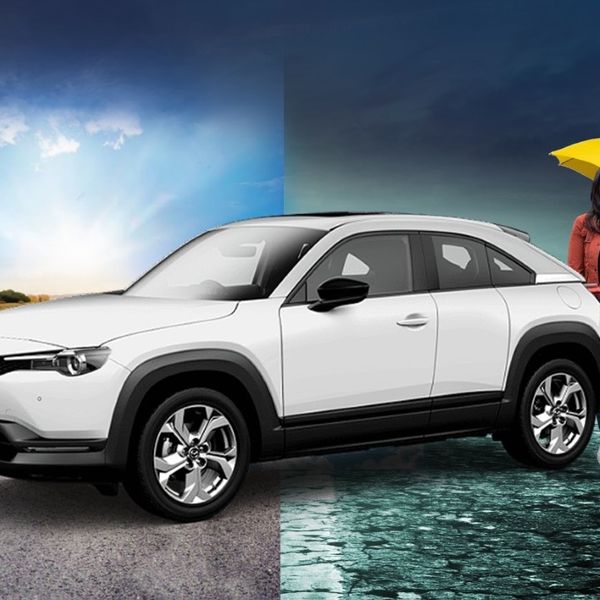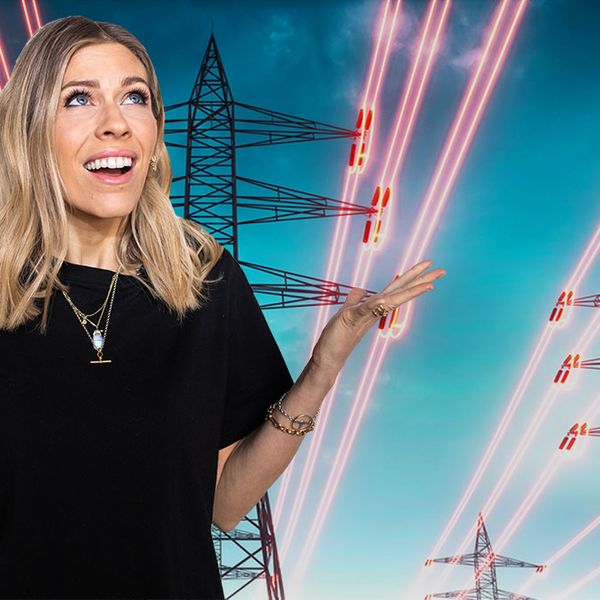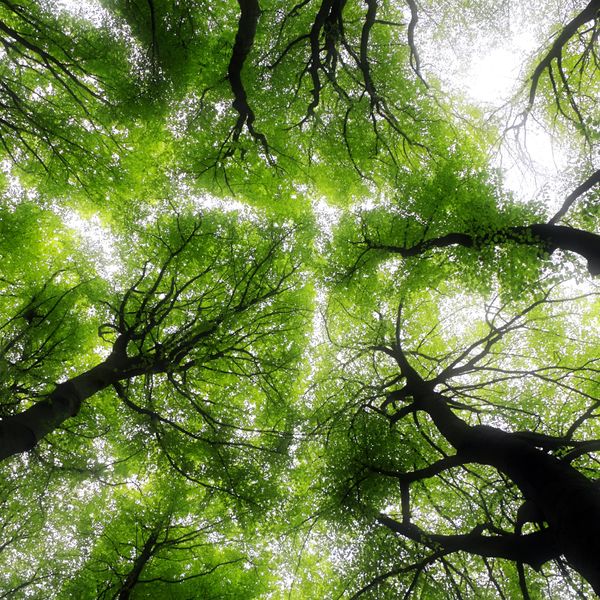What’s the difference between renewable, green and clean energy?
Renewable energy is basically an energy that can be replenished as fast or faster than it gets consumed. Most renewable energy is green too, although some, like hydroelectric power, for example, can have a small negative impact on fishing or land use.Green energy doesn’t just use renewables. Ofgem, the energy regulator, also asks that energy companies 'green energy' plans must offer extra environmental benefits. Examples of this are OVOs Green Energy add-on, on top of offering 100% renewable electricity, they plant 5 trees a year for every customer who signs up, which means they’re actively fighting carbon emissions across the UK.Clean energy is energy that’s created with minimal use of hazardous chemicals or radiation and it won’t emit carbon dioxide (CO2) pollution. Like green energy, it doesn’t directly threaten plants and animals either. Some regard nuclear power as clean energy, it doesn’t produce CO2. However, it;s important to remember that the uranium mining involved in it does. You could argue that ‘clean’ energy is the hardest of the three to define. It’s a pretty broad term.
So what’s the opposite of clean energy?
That would be fossil fuels, when we talk about cars we often refer to cars that run using fossil fuels as ICE (internal combustion engine) cars. Fossil fuels like coal, oil and gas take hundreds of millions of years to form. They’re actual fossils. They can never be replenished or renewed before we use them all up, so burning them is completely unsustainable.
Are renewables the way forward?
We think so, for a couple of reasons. There could be financial benefits, due to the boom within the industry, which its growing fast. But the real reason to invest in renewable energy is to provide a better, healthier future for our planet and everyone in it. Unlike fossil fuels, renewable electricity simply can’t run out. It’s always there for future generations. And the more we use it, the more we shrink our carbon footprint.













